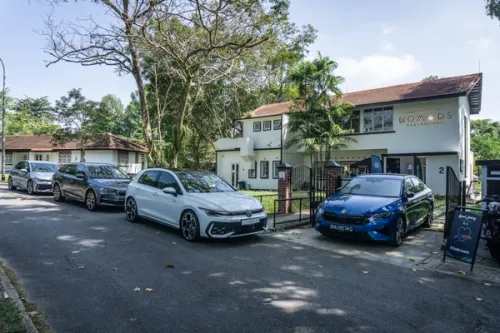Polar Opposites Yet The Same
The compact MPV, a choice car for many families in the middle class, but what if the Toyota Wish or the slightly more radically designed Honda Jade are not your thing? Something European may just be your answer.

The compact MPV, a choice car for many families in the middle class, but what if the Toyota Wish or the slightly more radically designed Honda Jade are not your thing? Something European may just be your answer.
The Volkswagen Touran presents what may be mistaken at first glance as a slightly taller Golf, but you couldn’t be too far from that feeling. The compact MPV sits on VW’s current MQB platform, which forms the basis of the Golf, Passat and even a number of Audi cars. Overall group cost savings in development means that more money can be spent on things which you will come into contact with on a daily basis, like the build quality, and materials used.
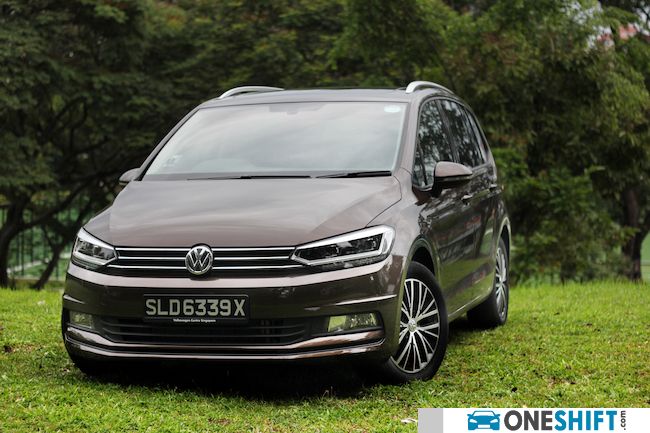
German accuracy is evident in the way that the Touran is built, with perfect shut lines, and in VW’s current design language, plenty of straight lines and side-profile chiselling.
Renault on the other hand recently introduced their Grand Scenic, and just like Volkswagen, their answer to the compact people mover.
The French car company has gone the direction of being a little bolder with their styling. More bulbous shapes results in thicker shoulders, giving an impression of a wider girth, and it slightly wider than the German car by 37mm. But overall, it is the longer car by 108mm more than the Touran’s 4,527mm.
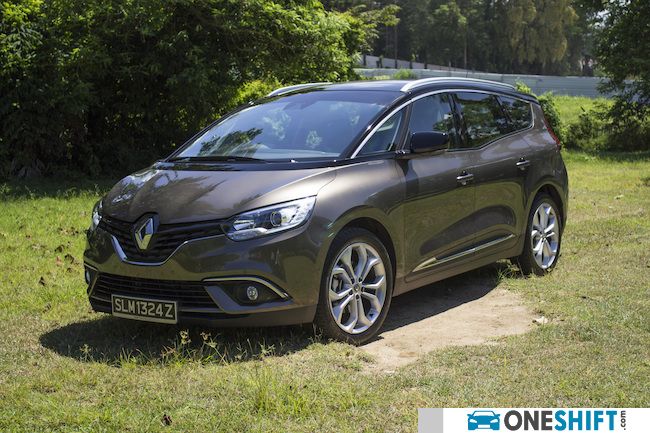
Build quality though is not as good, with slightly varying gaps in some areas. This is also partially due to the Grand Scenic’s use of plastic body panels for their front fender.
In keeping with its large car illusion, the Grand Scenic is also equipped with a set of 20” rims, which really fills those wheel arches. The VW on the other hand makes do with 16” rims. Perhaps in this case, less could be more for the practical owner, as while the large rims might offer greater rolling comfort on flat surfaces, and do look quite a bit better, the lower cost of tyres certainly works to the favour of the smaller rim choice from VW.
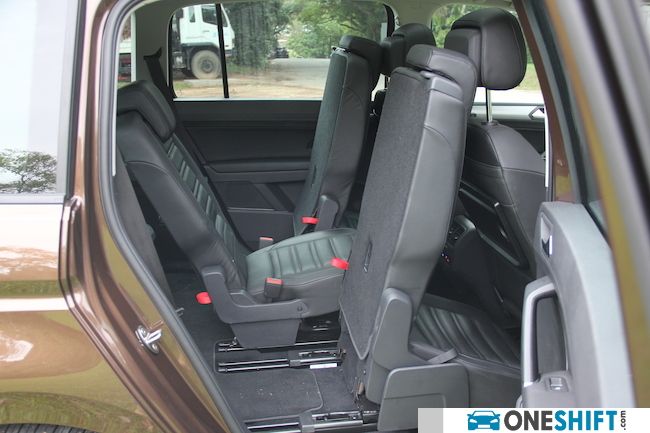
Internally, the Touran’s dash does carry so many similarities to the one found in the Golf, that you can at times forget that you are driving an MPV. The manual air conditioning switchgear, which sits below the 6.5 inch touchscreen, makes it easy for one to adjust its controls. The Grand Scenic on the other hand prides itself with a large 8.7” portrait-style display, that controls just about everything else in the car, including the air-conditioning, which means one step more in turning the fan or temperature up or down.
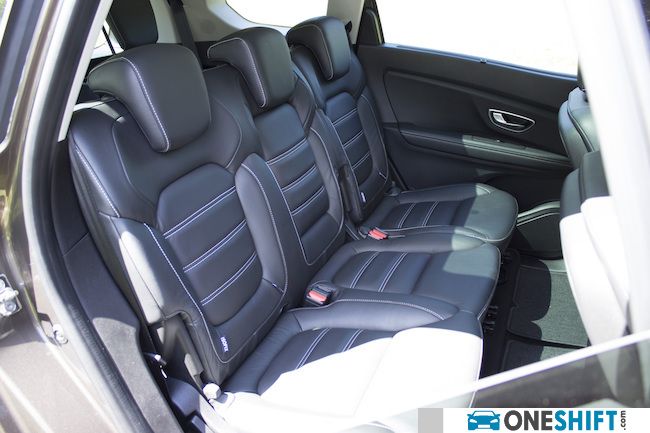
Seat yourself into both cars, and you’d find right away that the Renault takes top points in seating comfort. Surface materials are softer to the touch, and they also do cradle you a little more than the VW. The more hardy surfaces on the Touran however, could mean that they may last the rough and tumble of kids clambering around, and also the wear from the nasty but important installation of child seats.
Taking things further, Renault had also ensured that making utility space available was paramount to the interior features of the car, with their one-touch seat folding function, which can be operated from both the infotainment unit, or from a button panel situated in the boot area. With this, you are able to drop any of the middle and last row seats with a press of a button. As a safety precaution, the seats are weight sensitive, preventing accidents from happening. The Touran on the other hand, relies on manual actuation for each seat. While the system is smooth, and works well, the Renault certainly spoils you with their feature. Both cars’ seats do fold flat as expected, which turns them into mini cargo vans when there is a need to.
Legroom in both vehicles is quite similar, with the VW seemingly slightly better planned out in the middle, though in an overall sense, the car does seem a little smaller. Rear seating, as per most compact-class MPVs are good for kids only, or adults for short journeys.
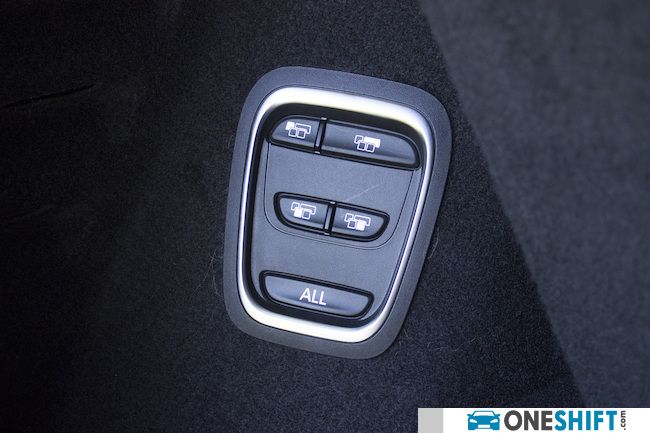
In driving the Touran, one could say that it does drive like a taller Golf, with a little more roll around the corners, due to the higher centre of gravity. While it is not built for s spirited drive like the Golf, we could argue that it does come rather close. Under the hood, a 1.4 litre turbocharged engine, mated to a 7-speed DSG transmission, good for 148bhp and 250Nm of torque. Yes we know that MPVs were not built to be rushed, the Golf… I mean Touran does a mean 0-100km/h in 8.9 seconds. Not bad huh.
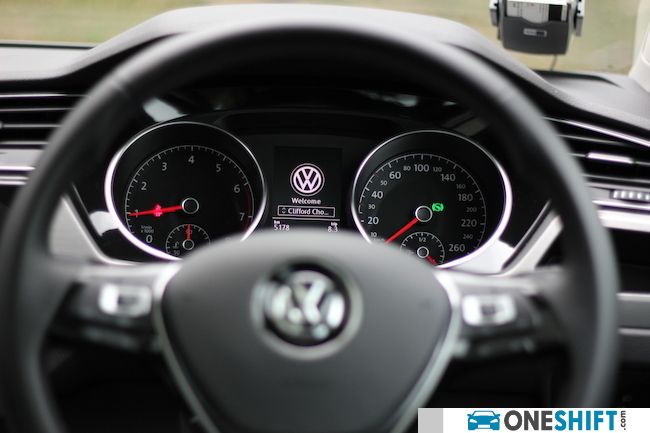
On the flip side, Renault has chosen to go diesel with the engine choice in their Grand Scenic. The 1.5 turbocharged unit produces just 110bhp, the 260Nm of useful torque works well in hauling 7 around. However, the VW does a little better in harnessing its maximum torque from a lower 1,500rpm, the Renault engine does this at 1,750rpm. Small difference on paper, but step on the gas, at the lights, and you would find a quicker response from the VW. While the Touran does excite with an 8.9 second century sprint, the Renault prefers to deliver this in a very relaxed 13.2 seconds. It is quite hard to fathom the idea of someone driving a people mover with his foot on the floor though.
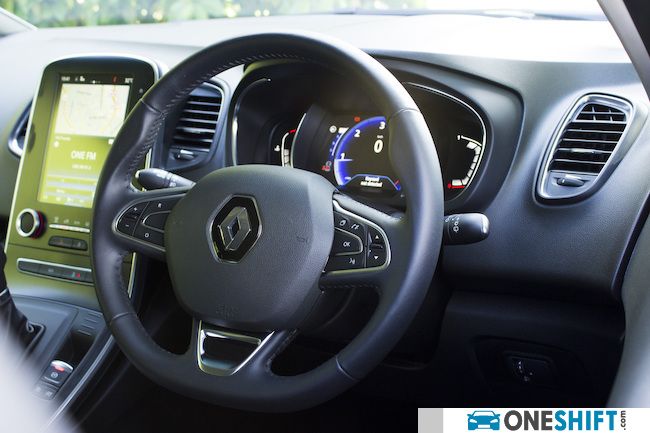
Hopping into the driver’s seat of the Grand Scenic sets you looking at a digitised dash instead of the analogue one offered in the Touran. But looking past the fancy lighting, what the Renault does offer is more room for its information delivery, with the overall larger display areas on the infotainment unit and instrument binnacle. Arguably, all of this might be a little too much in terms of the integrating of functions. The VW, in this case might have created a car with a fine-enough balance.
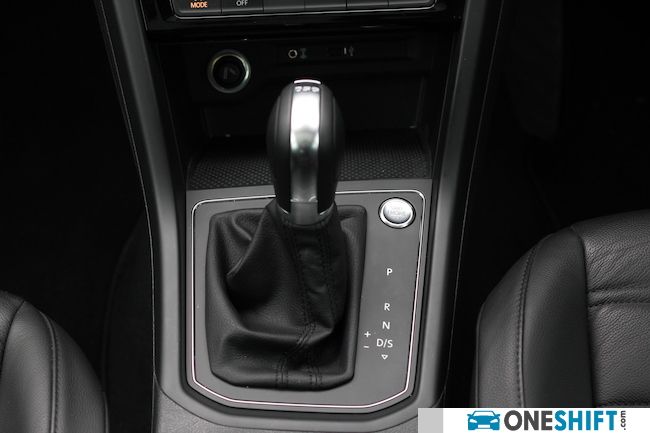
The choice between the two however can be a grey one, with the Renault being a little more comfortable, laid back and frugal on fuel consumption, due to its proven oil burning engine. In Volkswagen’s case, the Touran gives you the Golf feels, with an engaging drive, albeit a tall and rather long feeling one, and of-course VW’s signature quick-changing DSG transmission.
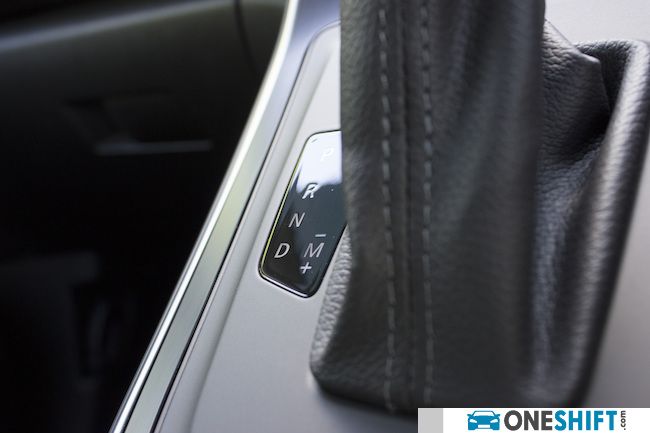
Yes, the Touran can cost quite a bit more, or even be marginally cheaper than the Renault, depending on the trim level, but it does pride itself with better materials overall. Driver engagement is such a joy with the German people mover. The Renault on the other hand, with all the works in it, does seem a better overall choice on how they manage their utility space.
Yes, there is a diesel for the Touran (again), stay tuned to us to find out how it fares.
But making a decision in these two cars with your family in-tow could after all present a complete quagmire… giggity…
Credits:


Get the Best Price for your used car
from 500+ dealers in 24 hours

- Convenient and Hassle-Free
- Consumer Protection
Transparent Process
With No Obligation





